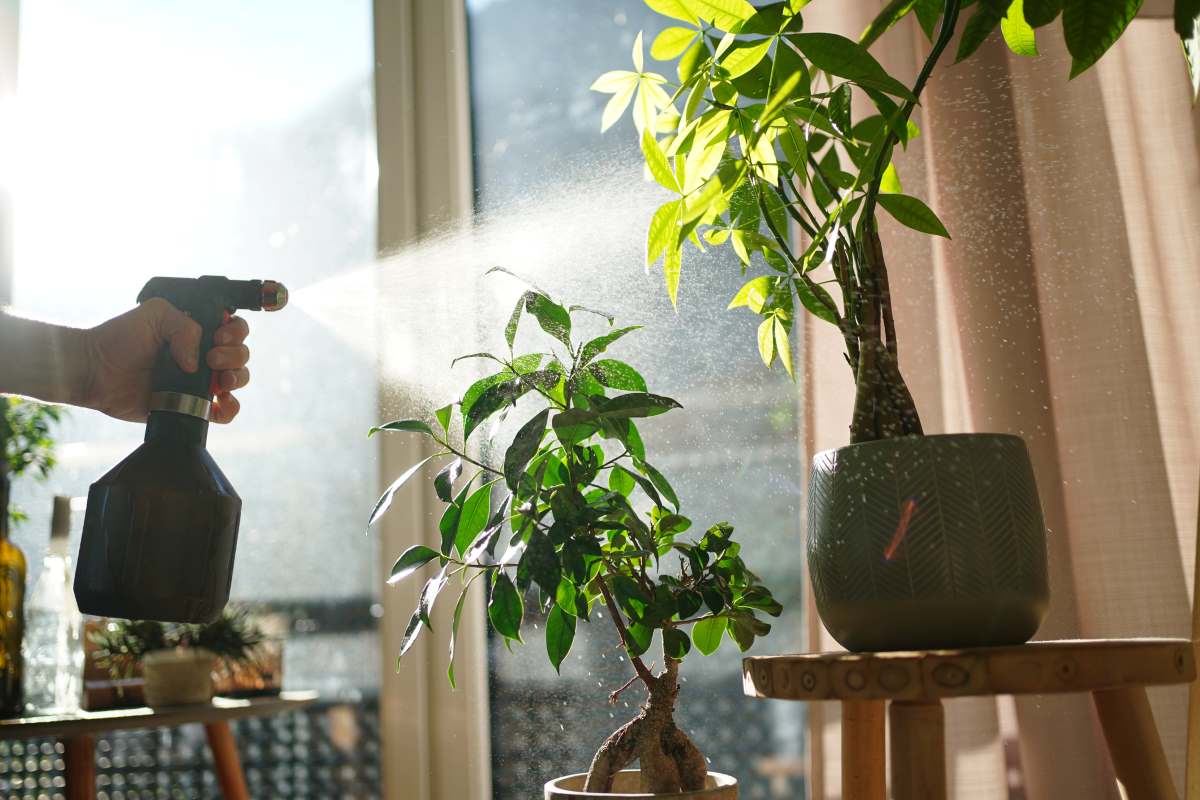The Link Between Moisture Control and Pest Prevention
You might assume that pest infestations can be entirely avoided if you keep your living space clean and crumb-free—which is definitely important! However, critters find their way into your home not just for the food you accidentally brush under the oven. Pests are just as attracted to the indoors because of the moisture that our homes can accumulate. They need the water to survive, but it’s more than that, too.
If this is the first you’ve heard about the importance of moisture control, or your house is too humid but don’t know what to do about it, Clegg’s Pest Control is here to show you the way. There’s good news: even though you may have pests now, once we’ve addressed what to do about moisture in your home, you’ll be able to make your home less attractive to pests and, hopefully, a lot more comfortable for you and your family to live in, instead.
Why do Pests Need Moisture?
Moisture and a humid climate are vital to insect growth and population advancement. In other words, the water they find inside and outside your home is used for drinking, keeping themselves from drying out, and creating comfortable breeding spaces. Sometimes, they don’t even need to drink water droplets and simply need moist surroundings or standing water to keep themselves active and healthy.
Certain bugs, like ground beetles or rove beetles, also feed off the spores found around decaying organic matter (e.g., mold and mildew), which is another way that lack of moisture control can work against you and make your home an appetizing place for insects to call home.

What Can You Do About This?
In order to prevent pest infestations, you must control the moisture levels in your home. There are a few approaches you may consider to improve this.
Insulation
If your house is too humid, the insulation in your walls and attic is likely old, harmful, or worse, doesn’t exist at all. Insulation plays a critical role in preserving your home’s internal temperature, which is vital in extreme heat and cold and also prevents too much moisture from accumulating.
Without insulation, the inside of your home will be susceptible to the elements. If it’s humid outside, it will become humid inside, and it’ll only be a matter of time before you find yourself overrun with unwanted pests.
Storm Windows
Storm windows play a similar role as insulation but also have their own unique advantages. They are a type of secondary window that is installed over existing windows. They create an additional layer of elemental protection, which, for our purposes, means less rain and snow exposure and less moisture. Storm windows also regulate temperature and humidity, as they keep air from going in and out, keeping the climate of your house stable.

Dehumidifiers & Air Conditioning
Using a dehumidifier is game-changing if your house is too humid. These devices literally pull water from the air, making them invaluable in places with high water build-up, which can lead to standing water, an abundance of moisture, or mold and mildew.
Air conditioners can serve an additional purpose. If you have a poorly functioning air conditioner or no air conditioner at all, moisture in your home will quickly spread beyond your control. A strong air conditioner that reaches all rooms of your house should be one of your first lines of defense in home insect control.
Diversify your solutions to prevent pest infestations. If one of the above approaches does not solve your problem, try another. Once all of them have failed, you may need to consider more extreme pest control alternatives.
Free Your Home with Clegg’s: Your Answer to Home Insect Control
As you can see, with a few slight adjustments, you can make your pest problem disappear. We can’t promise that all bugs everywhere will be turned away just because there’s no water available—of course, they’re also on the hunt for food and warm shelter, too! That’s why it’s important to remain diligent and keep your home in good shape. However, sometimes, even a clean, moisture-controlled home isn’t enough. In that case, it’s time to take things to the next level.
Clegg’s Pest Control has professionals who leverage years of pest control knowledge and experience to identify the root of your pest problems. We will then draw from our library of tools and chemicals to eliminate any existing ones. Home insect control doesn’t need to be stressful. Turn your frustrations over to us, and we’ll do what we do best: give you a pest-free life.
Give us a call or request a free pest inspection here so we can get started right away.
